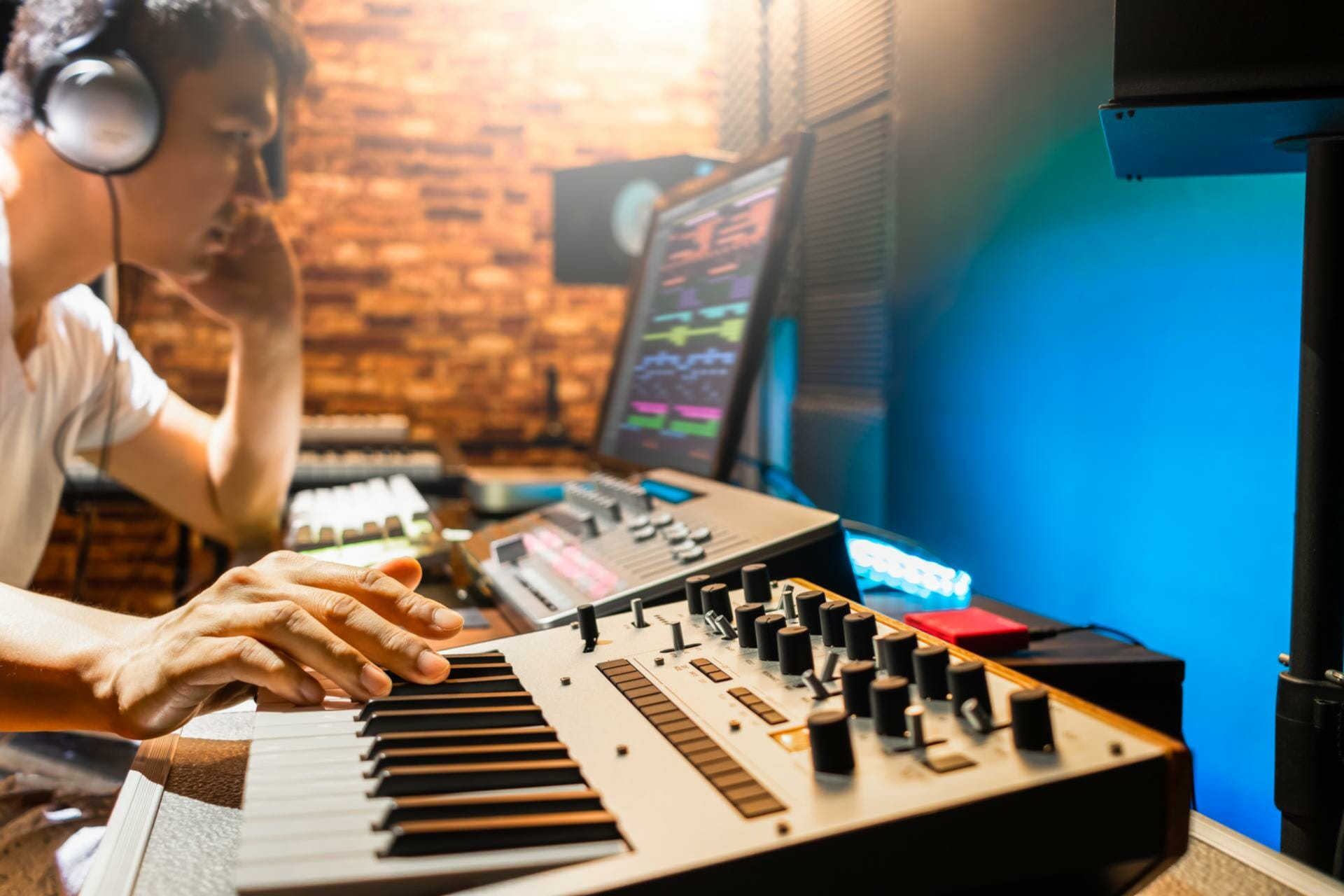
Since most songs use a combination of instruments to form the melody… With a basic chord progressions now in place, next it’s time to… 4. Once you’ve built a good foundation, next it’s time to add to it by creating a chord structure.ĭepending on the song, that could mean adding rhythm guitar, piano, synths, horns, etc. In songs that lack drums/bass, another rhythmic instrument ( such as acoustic guitar), can be used instead. It makes sense then, that these be the first instruments you normally record. When bands play together, everyone follows the drums/bass. Record the Rhythm SectionĪs any musician knows, the rhythm section is the foundation of any song. Where an instrument or group of instruments are recorded as the guide, then “over-dubbed” one at a time, until the original can be deleted or “ scratched“. But since not all musicians can follow clicks, you could also use a pre-recorded drum loopinstead.Īnd since not all songs have steady tempos, a third method is to create a scratch track… Most people use a simple click/metronome to set a tempo. The first step is creating some kind of guide for the other instruments to follow along with. Here’s a general guideline of how it works: 1. While the actual steps in the process vary from engineer to engineer…

With this new method, it meant that one man could now do alone, what used to require an entire team of engineers and musicians. It allows each instrument in a song to be recorded one at a time.It allows engineers to mold and shape the sound of each instrument independently of the others.Where each instrument is recorded separately and combined later in a “mix”. Today though, we use a more sophisticated process known as multitrack recording… The process was much simpler than it is today.Įntire performances were recorded in single takes, sometimes with just 1 or 2 mics. In the earliest days of the music recording…


 0 kommentar(er)
0 kommentar(er)
